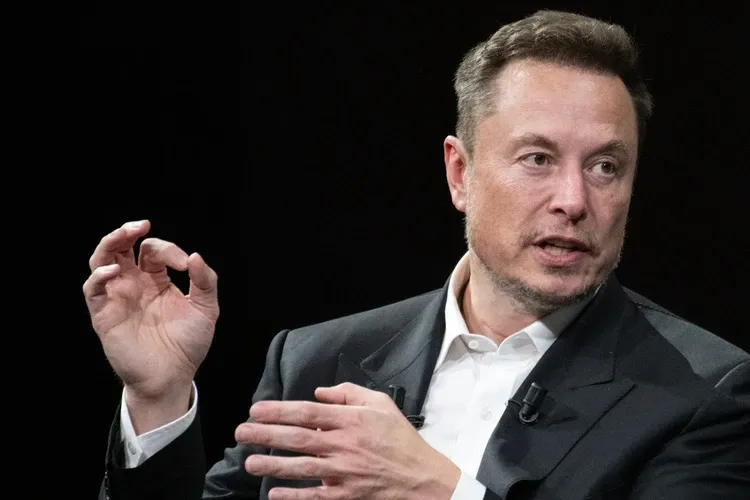Neuralink, the brain implant company launched by billionaire entrepreneur Elon Musk, has received breakthrough designation from the Food and Drug Administration for a device called Blindsight, which will enable a certain level of sight even for those who have lost both eyes.
Musk said that the Blindsight device can enable sight for those “who have been blind from birth” or who have “lost both eyes and their optic nerve” as long as their visual cortex is intact. The breakthrough designation means that the Blindsight device “may demonstrate substantial improvement on a clinically significant endpoint” over available therapies for a serious condition.
“To set expectations correctly, the vision will be at first be low resolution, like Atari graphics, but eventually it has the potential to be better than natural vision and enable you to see in infrared, ultraviolet or even radar wavelengths, like Geordi La Forge,” Musk added in reference to the character from Star Trek, who was blind from birth but used a device that enabled him to see.
Neuralink invited social media users to apply for their patient registry or to seek openings on their career page as they continue the “quest to bring back sight to those who have lost it.”
The development comes months after Neuralink received approval to implant a device into the brain of a patient for the first time. The firm invited those with quadriplegia due to cervical spinal cord injury or amyotrophic lateral sclerosis, also known as ALS, to apply for a clinical trial, after which Musk announced that “the first human received an implant from Neuralink.”
The current Neuralink brain chip has sixty-four threads, each of which is one-fourteenth the diameter of a human hair, and will enable patients to move a cursor or type on a keyboard using only their thoughts. The threads, which work to monitor movement intention, could eventually stimulate the brain to enable standing, walking, and other activities made impossible by paralysis. The chips rest within the skull and are cosmetically invisible after surgery.




